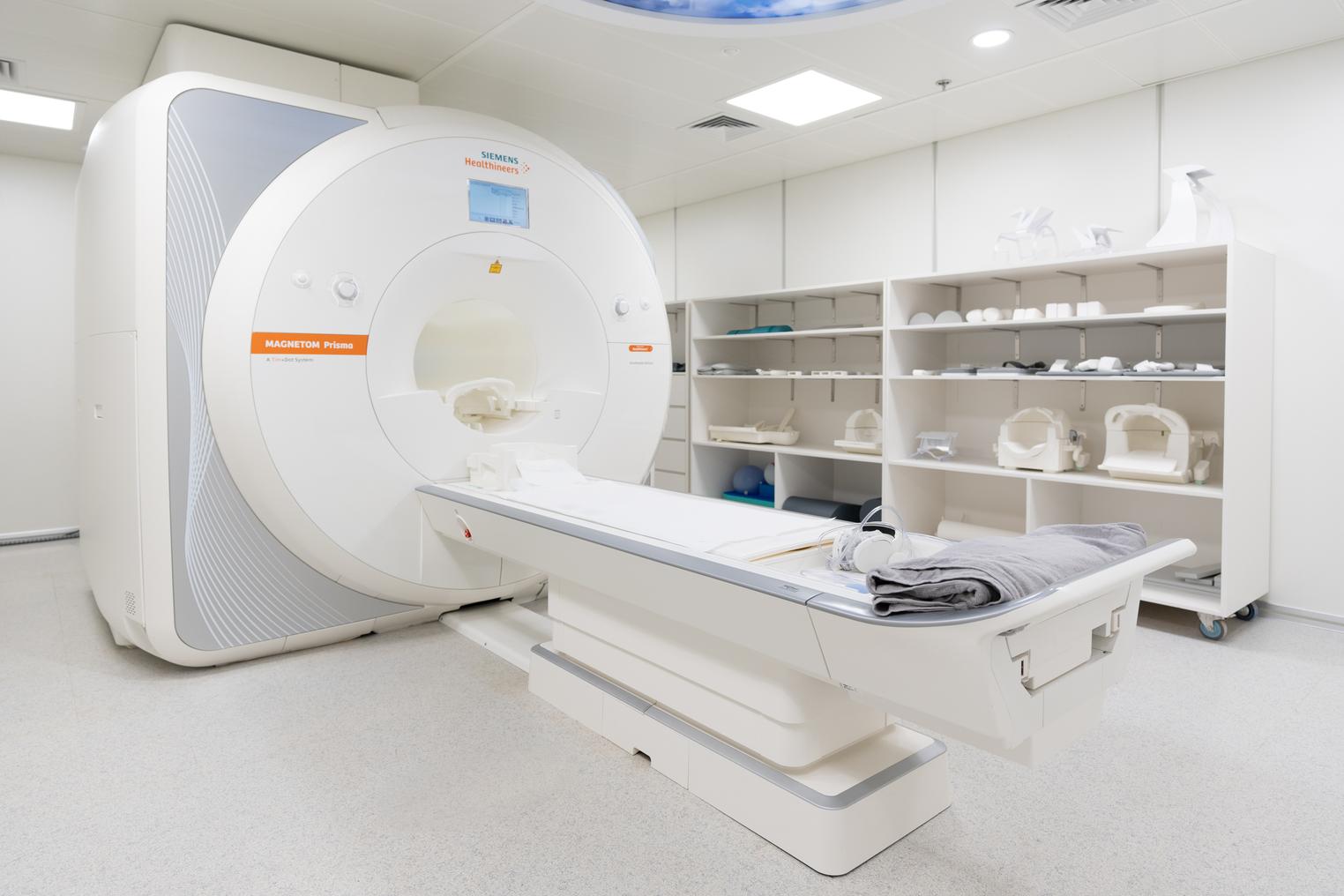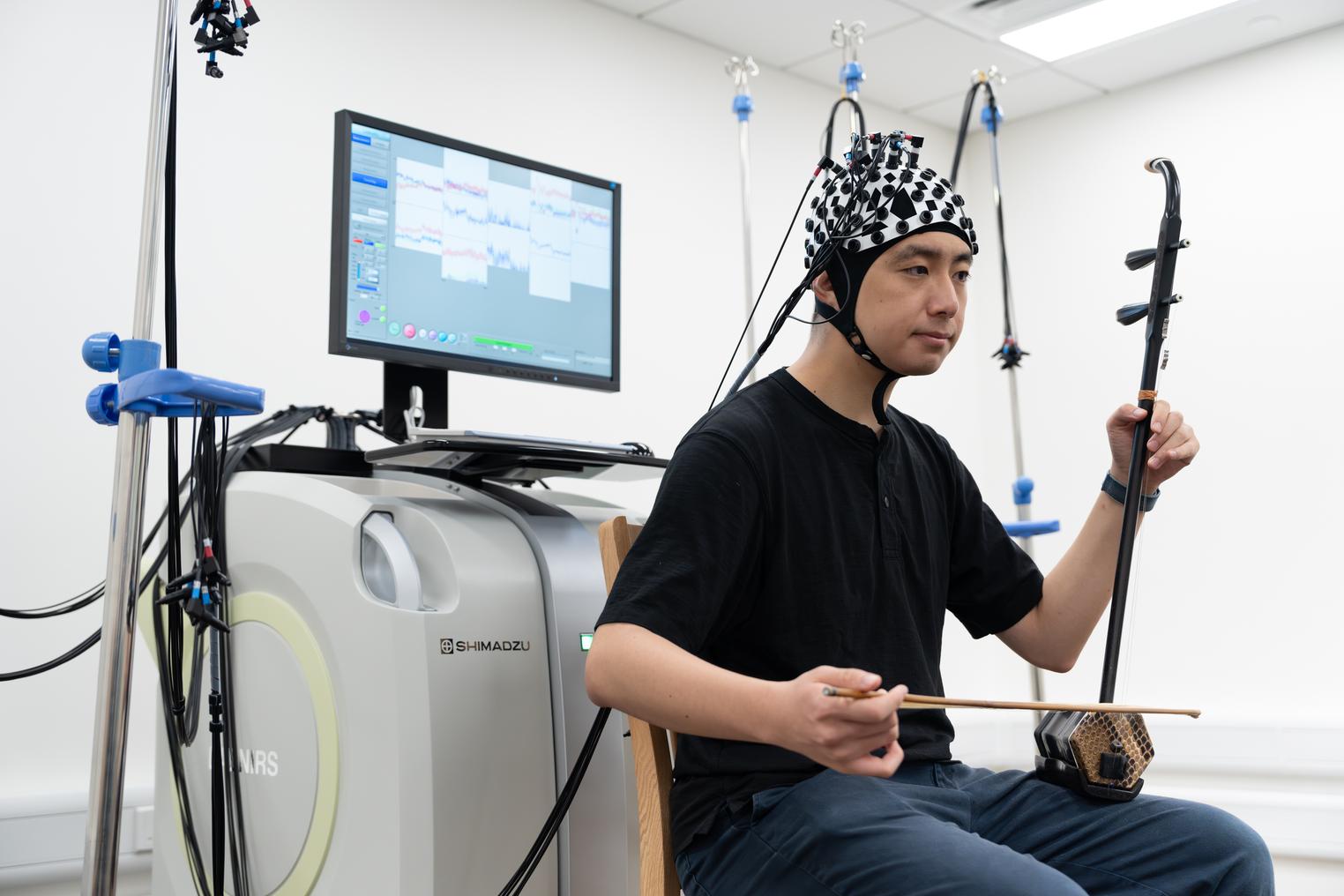Facilities


The University has established Life Science Imaging Centre (LSIC) as a major research infrastructure or central research facility to promote individual and collaborative research on transdisciplinary neuroscience studies.
LSIC is equipped with the following equipments:
- Magnetic Resonance Imaging (MRI) (model: MAGNETOM Prisma)
- high gradient performance (80 mT/m @ 200 T/m/s simultaneously, on all three axes) with an ultra-high-performance cooling system and force-compensated design for reduced vibrations;
- fully dynamic parallel transmit with TimTX TrueShape
- Tim 4G RF system with 64 independent channels for faster imaging and higher SNR
- new UltraFlex 18 coils and Tim 4G coil technology
- Please click here to visit the supplier's website for the specification details.


Model Geodesic Sensor Net (GSN)+Net Amps 400 amplifiers+ Net Station 5 software
Brand EGI EEG
- Simple and time-saving - the saline electrode caps allow high quality EEG data to be obtained without the need for excessive head measurements or glue, and without abrasion of the scalp;
- Comfortable to wear - provides a comfortable, low-stress experience for participants, making it easy for infants, children, or those with behavioral disorders;
- Multimodal imaging capability - for simultaneous acquisition of EEG signals in MRI equipment;
- Low noise - the maximum signal loss in an EGI system is 0.025% at 50k skin impedance, which is negligible.


Functional Near-infrared Spectroscopy, FNIRS
Brand SHIMADZU
- Low interference with motion artifacts - better tolerance to body motion, which makes fNIRS suitable for a wider range of cognitive task studies;
- High temporal and spatial resolution - higher temporal resolution compared to fMRI and higher spatial resolution compared to EEG


Transcranial Magnetic Stimulation,TMS
Brand LOCALITE
- Non-invasive, painless and non-invasive - TMS as a non-invasive magnetic stimulation, the instrument does not have any direct contact with the human body, which is a non-invasive treatment, and it can reduce the risk of human body being harmed, and thus it is widely used in clinical treatment and brain science research;
- Easier to realize deep cranial brain stimulation - when surface electrodes are used for stimulation, the electric field disperses rapidly and cannot reach the deep cranial brain; and implantable electrical stimulation cannot be widely used due to its traumatic nature. In the case of TMS, poor conductors of electricity such as bones and muscles have very little depletion of magnetism, thus allowing stimulation to the deep cranial brain.
- Little human discomfort - TMS utilizes a sensible current for stimulation. The magnitude of the induced current is inversely proportional to the electrical resistance. For the scalp and bones, which have a high electrical resistance, the current generated is negligible, and there is basically no discomfort.